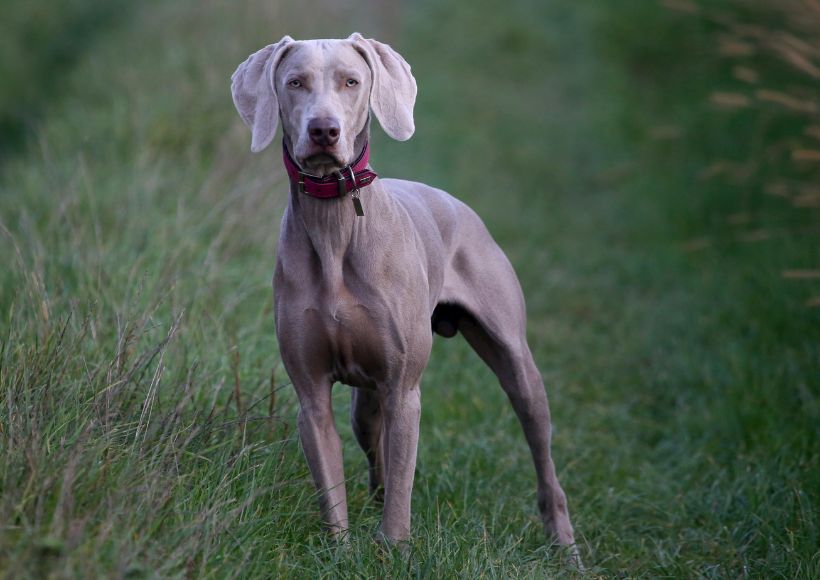Welcome to the world of the gentle giants – the Great Dane! Towering above many of its canine comrades, the Great Dane is a striking presence in any setting. However, it’s not just their size that captures hearts; it’s also their graceful nature and amiable demeanor. Join us as we stride into the history, purpose, and characteristics of this majestic breed.
Table of Contents
More Than Meets the Eye: The Great Dane’s Purpose
The original role of Great Danes was considerably more rugged than their current status as family pets and show dogs. These canines were designed to take on formidable prey, using a combination of strength, agility, and tenacity. In modern times, though, they’ve shifted to roles that suit their friendly and patient temperament, such as therapy dogs and loyal protectors of their human counterparts.
Lifespan and Health: Loving Them for Longer
Great Danes may be big in size, but their lifespan tends to be shorter than that of smaller breeds, averaging between 7 to 10 years. Like any breed, they come with their health challenges, including heart conditions and hip dysplasia. Early detection and preventive care can play a crucial role in the longevity and well-being of these noble animals. For more detailed information, you can read about Great Dane life expectancy which highlights the importance of health monitoring and offers insights on how to best care for these cherished companions.
Energy Levels: Not Just a Couch Potato
While Great Danes are often content to lounge around as if they owned the place, they do have a moderate energy level that requires regular exercise to maintain their health and happiness. Short walks and playtime in a spacious backyard are perfect ways to keep these gentle giants in good spirits and shape.
Grooming the Gentle Giant
Fortunately for their human companions, Great Danes are fairly low maintenance on the grooming front. Their short coat sheds, but a weekly brush is often enough to keep it under control. They’ll also need the usual grooming rituals—nail trimming, ear cleaning, and periodic baths to keep them looking and feeling their best.
The Majestic History of Great Danes
Despite its name, the Great Dane hails not from Denmark, but from Germany, where it was expertly bred to hunt wild boar and protect estates. Historical depictions suggest that the breed’s ancestors date back to ancient times, serving as war dogs for Egyptians and later, as noble companions in Medieval Europe. Through selective breeding, the Great Dane evolved from a ferocious hunter to the elegant, less aggressive companion we admire today.
The Temperament of Titans
Despite their imposing size, Great Danes are famously affectionate and loving. They’re often referred to as ‘the world’s biggest lapdogs,’ due to their fondness for snuggling with their favorite humans. Proper training and socialization from a young age are pivotal in ensuring they are well-adjusted and gentle-mannered.
Training Your Dane
Owing to their size, strength, and intelligence, training is an essential component of a Great Dane’s life. Establishing commands, boundaries, and routines helps in managing their physical power. Reward-based training techniques work well and help to forge a strong bond between the dog and the owner. Consistency is key, as is starting training early when they are most impressionable.
Feeding the Giant
Nourishing such a large breed comes with unique dietary requirements. Great Danes need a balanced diet rich in high-quality proteins to support muscle growth and maintenance. Owners should be mindful of the portions and frequency of their meals, as overfeeding can lead to obesity, while underfeeding can affect their development. This breed is also prone to bloat which can be life-threatening, so feeding smaller, frequent meals and avoiding exercise right after eating is recommendable.
Socializing the Great Dane
Great Danes are inherently social creatures but need to be introduced to various environments, people, and other pets early in life. Socialization is crucial in developing a well-behaved and adaptable dog. Positive interactions during puppyhood contribute to their confidence and aid in managing their protective instincts, ensuring they grow to be friendly and composed adults.
Conclusion
The Great Dane is a versatile breed, embodying strength, elegance, and a friendly temperament. Their storied history and imposing physique blend with a nature that is both gentle and resilient. Providing a Great Dane with the love, care, and space it needs ensures a companionship that, although not lifelong in terms of time, is immeasurable in the warmth and memories created together. It’s clear why these amiable titans have secured a colossal spot in the hearts of dog lovers all around the world.
Also Read : Benefits of playing sports with your pet

